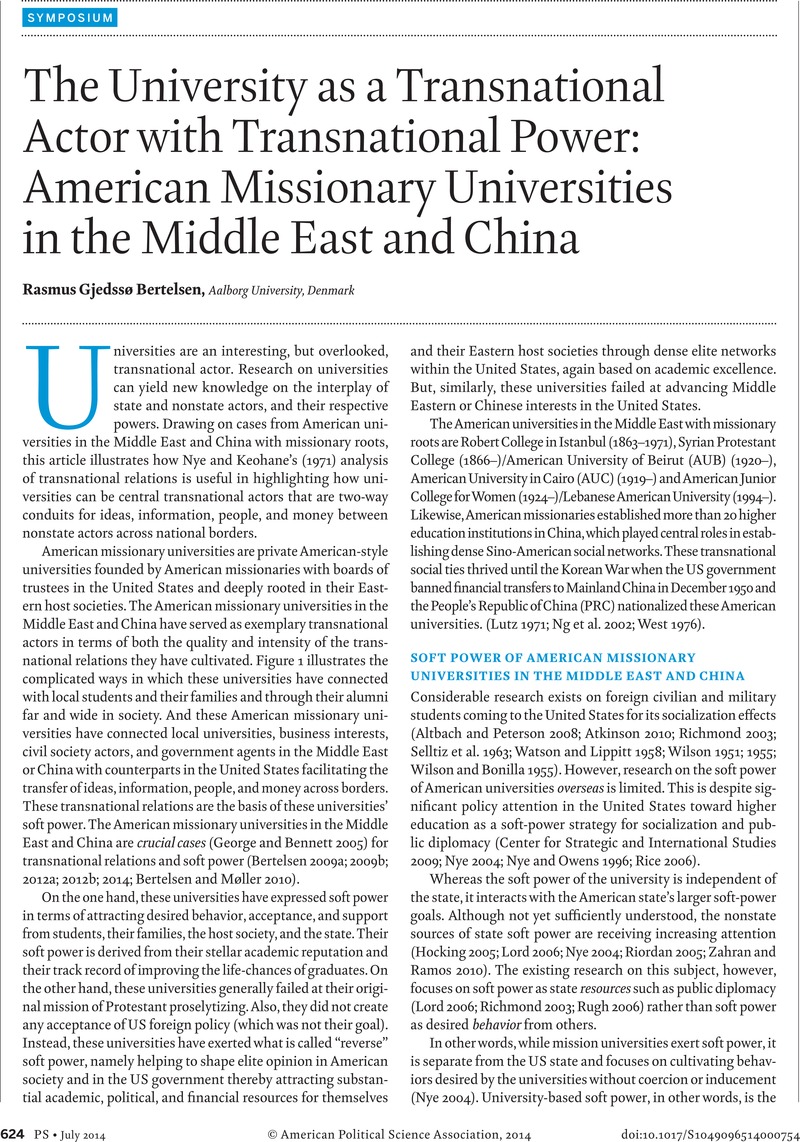Crossref Citations
This article has been cited by the following publications. This list is generated based on data provided by Crossref.
Bertelsen, Rasmus Gjedssø
2019.
Smart Cities in the Gulf.
p.
247.
Bertelsen, Rasmus Gjedssø
2020.
The History and International Relations of American and French missionary universities in the Middle East and East Asia as a case of transnational professional relations.
Cultural and Social History,
Vol. 17,
Issue. 1,
p.
87.
BERTELSEN, Rasmus Gjedssø
2024.
Social theory and science diplomacy.
Open Research Europe,
Vol. 4,
Issue. ,
p.
10.



